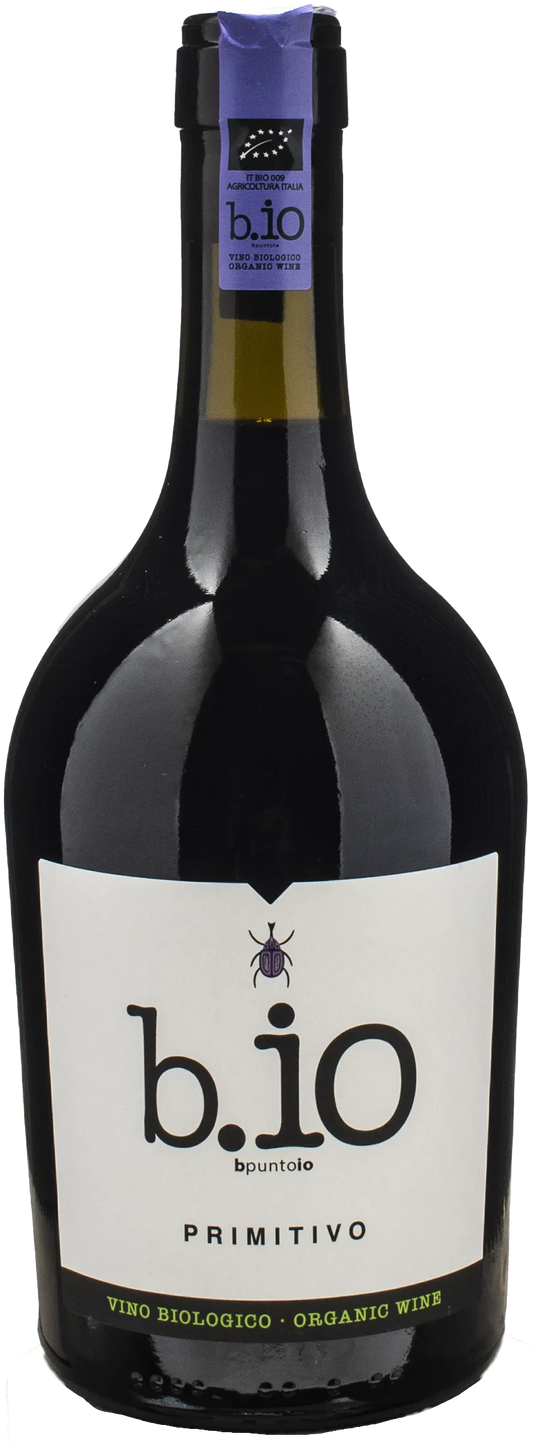Primitivo
No products found
Use fewer filters or remove all
Use fewer filters or remove all
-
 14.0%
14.0%-19%
Regular price HKD75.00Regular price HKD75.00 Unit price perHKD93.00List price: Indicates the price of the product before the start of the promotionSale priceSale -
 13.5%Regular price HKD97.00
13.5%Regular price HKD97.00Regular price HKD97.00 Sale price Unit price per -
 14.5%Regular price HKD144.00
14.5%Regular price HKD144.00Regular price HKD144.00 Sale price Unit price per -
 98 LMLuca Maroni
98 LMLuca Maroni
One of the most prestigious wine guides in Italy.4 VTVitae AIS
Italian Sommelier Association (AIS) guide14.5%-13%
Regular price HKD255.00Regular price HKD255.00 Unit price perHKD296.00List price: Indicates the price of the product before the start of the promotionSale priceSale -
 14.5%
14.5%-18%
Regular price HKD103.00Regular price HKD103.00 Unit price perHKD126.00List price: Indicates the price of the product before the start of the promotionSale priceSale -
 13.0%Regular price HKD97.00
13.0%Regular price HKD97.00Regular price HKD97.00 Sale price Unit price per -
 14.5%
14.5%-17%
Regular price HKD90.00Regular price HKD90.00 Unit price perHKD109.00List price: Indicates the price of the product before the start of the promotionSale priceSold out -
 12.5%Regular price HKD155.00
12.5%Regular price HKD155.00Regular price HKD155.00 Sale price Unit price per -
 16.0%Regular price HKD302.00
16.0%Regular price HKD302.00Regular price HKD302.00 Sale price Unit price per -
 14.0%Regular price HKD148.00
14.0%Regular price HKD148.00Regular price HKD148.00 Sale price Unit price per -
 15.0%Regular price HKD202.00
15.0%Regular price HKD202.00Regular price HKD202.00 Sale price Unit price per -
 99 LMLuca Maroni
99 LMLuca Maroni
One of the most prestigious wine guides in Italy.2 GRGambero Rosso
This guide is highly respected and offers the most comprehensive review of Italian wines. It has a long tradition and is based on blind tastings carried out by over 100 experts.14.5%Regular price HKD255.00Regular price HKD255.00 Sale price Unit price per
(Locale)

Primitivo
| Color type | Red grape |
| Vigor | Medium-Good |
| Features | Leaf: pentagonal shape, medium size, quinquelobata, petiolated breast with closed limb, with overlapping edges; Closed side limbs with overlapping edges; Narrow lateral narrow U-open breasts, with parallel or converging edges. Upper face glabrous, dark green, opaque; Bottom, light green, wicker with ribs of 1st and 2nd order protruding, velvety, green top, partially red on insertion, wavy, wrinkled, thick flap. Angle at the top of the lobby: sharp. Side teeth obtuse, pronounced, irregular, mucronized, convex-plane margins.Bunch: 14-17 cm in length, of medium compact appearance, conical-cylindrical, simple, winged or double; Peduncle visible, short, large, half-legged; Medium, green pedicels, with obvious search; Medium-sized brush with reddish yellow color with purple shades; Separation of the pedicle from the easy acina.Acino: spheroid, medium size (mm 13-17), circular cross section; Pruinous skin, regularly distributed color bleu, medium thickness; Vinegar; Sweet and juicy pulp with characteristic aromatic flavor. |
| Features wine | The primitive is a deep ruby red wine with an intense aroma, fruity with hints of berries, spicy and ethereal with aging. The flavor is soft and well-structured, discreetly tannic and of great taste-olfactory persistence. |
| Growing areas | It is very popular in the provinces of Taranto, Bari and a little less in Brindisi and Lecce, but is also popular in California, where it is known as zinfandel. This vine is used indistinctly for the production of red, novel, rosé and sparkling (white) baskets. |
| History | Although there have been contentious and long-running debates about the variety's geographical origins, there is little question that Primitivo's modern-day home is in southern Italy, particularly Puglia. It probably arrived there from the coastal vineyards of Croatia (just across the Adriatic Sea), where it is still grown today, under various tongue-twisting names including Tribidrag and Crljenak Kasteljanski. In the early 19th Century, the variety was introduced to the United States, under the name Zinfandel. It proved extremely successful there, earning a reputation as the American 'national grape'. |
| Notes | Resistance to disease and adversity: it resists little to rotten grapes and spring frosts; Sensitive to drought and high summer temperatures, with creeping and burning of the acorns; Average resistance to oid and mildew (at this cryptogama, the "Primitive" resists more than the varieties of white grapes). |
| Productivity | Inconsistent but generous and of good quality. It gives two crops and possibly one third. The first production (end of August in the hottest places) is on basal gems and is formed by the bunches properly known; The other, feminine, which are very fertile, is in the second half of September, and the third in the first six october. The first harvest is about 30 q / ha; The second on 10-20. The first product is richer in sugar and poorer in acidity than the next one. Is very susceptible to flower abortion when the vine grows in deep and humid soils and especially when autumn or winter is such as to provide the plant with an excessive amount of mood or worse even if the spring is rainy enough with strong excursions Daytime thermal. |
| Ripening period | The first vintage is made between the end of August and the beginning of September. The second one is the so-called "racemi" that matures later between the end of September and the first decade of October. |
| Synonyms | primativo, primaticcio, morellone, uva di Corato, zagarese, primitivo di Gioia. |












